Alaska is an amazing place for landscape and nature photographers. The state is full of national parks, state parks, mountains, lakes, and scenic drives that incredibly beautiful. Certain places are more challenging to reach, but there is plenty of amazing scenery in Alaska that is easy to access. Here we’ll look at many of the best places to photograph throughout the state. Before traveling to Alaska we recommend purchasing a copy of “The Milepost”. It is a comprehensive guidebook that will give you all the information you need. The interactive map below shows the location of each spot mentioned on this page.
This page will continue to be a work in progress, so please feel free to leave a comment with your own suggestions of great places to photograph.
Denali National Park and Preserve
Denali National Park and Preserve is one of the most popular destinations in interior Alaska. It is home to Denal (also known as Mount McKinley), the highest peak in North America. The massive park and preserve cover more than 6 million acres. Denali Park Road runs through the park for about 90 miles, but only the first 15 miles are open to private vehicles. Beyond that point you will need to take a tour bus. There are a few trails in the park for hiking, but you can also go off trail and explore on your own.
Kenai Fjords National Park
Kenai Fjords National Park is in south central Alaska along the Gulf of Alaska. Some parts of the park, like Exit Glacier, are reachable by car, but to see the best of the park you will need to access by boat. The wildlife here includes whales, seal lions, puffins, black bear, and mountain goats. There are a number of boat tours that will take you through this beautiful park.
Glacier Bay National Park and Preserve
Glacier Bay National Park and Preserve is in southern Alaska, west of Juneau. You’ll need to access Glacier Bay either by plane or boat. Most of the park’s visitors come by way of a cruise ship. There is a lodge open in the summers for those who stay in the park. While it is not easy to get to Glacier Bay, it is well worth the effort.
Gates of the Arctic National Park and Preserve
Gates of the Arctic is the northernmost national park and it covers an astounding 8 million acres. The park lies entirely above the Arctic Circle. This remote park has no roads whatsoever. To get to the park you will need to fly or hike, although there are no official trails leading into the park. Most visitors reach the park by one of several small airlines. Due to its remote location, Gates of the Arctic is one of the least-visited national parks. But if you are willing to make the effort to get the park you will be greeted by a stunning landscape that is great for photographing.
Lake Clark National Park and Preserve
Lake Clark National Park in southern Alaska features mountains, glaciers, volcanoes, lakes, rivers, and an amazing landscape that photographers love. There are no roads leading to the park, and most visitors arrive by way of floatplanes. Most visitors get around in the park by hiking or kayaking. The Tanalian Trails system provides access to a few different places, with a starting point near a popular airstrip.
Katmai National Park and Preserve
Katmai National Park is located south of Lake Clark National Park. There is no road access to Katmai, so you will need to take a boat or plane. Air taxis are available from several towns in the area. This park is well known for its popular of brown bears. The bears are often seen, and photographed, at Brooks Falls when salmon are spawning. In July there are often several bears here. Brooks Camp and the viewing area for Brooks Falls are the most popular parts of the park.
Wrangell – St. Elias National Park and Preserve
Wrangell – St. Elias National Park is in south central Alaska. It is the largest national park at over 13 million acres! The Edgerton Highway runs along the west side of the park. Nebesna Road provides access at the north end of the park,and McCarthy Road provides access at the central part of the park. This rugged mountainous landscape is perfect for photography.
Kobuk Valley National Park
Kobuk Valley National Park is in northwestern Alaska, north of the Arctic Circle and to the west of Gates of the Arctic National Park. Access to this remote park is by plane, with no roads being in the park or leading to the park. Like some of the other remote parks, it is among the least-visited national parks. If you are looking for a chance to get unique photos, this is a great opportunity. the park features mountains, rivers, wetlands, and sand dunes.
Bering Land Bridge National Preserve
The Bering Land Bridge National Preserve protects a remnant of the land bridge that once connected Asia and North America. This remote wilderness has no roads leading to it, so you will need to take a plane or boat to reach it. In the winter it can also be reached by snowmobile. There are several picturesque lakes, a volcanic field, and rock formations to photograph.
Cape Krusenstern National Monument
Cape Krusenstern National Monument in northwestern Alaska features coastal plains, lagoons, rolling hills, and shoreline of the Chukchi Sea. Like the other remote locations, there are no roads here. Visiting requires use of a plane or boat. Air taxis are available.
Noatak National Preserve
Noatak National Preserve is northeast of Cape Krusenstern National Monument. It is also close to Kobuk Valley and Gates of the Arctic National Parks. The Noatak River is the main feature of the park, and there is also a great diversity of plant and animal life. This is another remote destination that is reachable by plane of boat with no roads available.
Yukon – Charley Rivers National Preserve
Yukon – Charley Rivers National Preserve is in eastern Alaska along the Canadian border. The preserve encompasses part of the Yukon River and all of the Charley River basin. The rivers provide access to this vast and beautiful landscape. Access by plane is also an option. Back country hiking is an option, but there are no maintained trails in the preserve.
Aniakchak National Monument and Preserve
The Aniakchak National Monument and Preserve is located in southwestern Alaska on the Alaska Peninsula. There are no roads here, and whether can make it challenging to land planes at certain times. But for those who do make it here, the 6-mile-wide crater is an amazing site. This dramatic landscape offers plenty of opportunity for unique photos.
Arctic National Wildlife Refuge
Arctic National Wildlife Refuge is located in northeastern Alaska. At more than 19 million acres it is the largest national wildlife refuge. Here you will find a stunning landscape, as well as abundant wildlife. Most visitors arrive by plane. There are no trails, but the entire refuge is open to the public.
Alaska Wildlife Conservation Center
If you want to see wildlife in Alaska but you are not up for the journey to one of the remote wildlife refuges or national parks, the Alaska Wildlife Conservation Center is a great option. It is located in southern Alaska along the Seward Highway. Most of the animals here were either orphaned or injured. They are kept in large natural environments and visitors can see the animals from raised platforms and walkways. Animals includes bears, bison, elk, caribou, moose, and much more.
Sukakpak Mountain
Sukakpak Mountain is in north central Alaska. It has a distinct and picturesque look, and can be seen at mile 207 of the Dalton Highway.
Worthington Glacier
The Worthington Glacier is in southern Alaska and can be seen from the Richardson Highway at mile 28.7. There is a roadside park that offers a nice view of the glacier.
Chugach State Park
Chugach State Park is in south central Alaska, near Anchorage. This beautiful park features the Chugach Mountains, Eklutna Lake, and Eagle River. It is also home to Thunderbird Falls, a scenic 200-foot waterfall.
Eagle River Nature Center
Eagle River Nature Center is run by a non-profit organization and located with Chugach State Park. The beauty of the Eagle River Valley and surrounding mountains makes this a great destination (and the fact that it is easily accessible from Anchorage helps its popularity as well). There are several trails available, some connecting to Chugach State Park.
Portage Pass
Portage Pass is located in south central Alaska, not far from Chugach State Park. Portage Pass Trail provides access to amazing views. The trail is two miles one way, four miles round trip. From here you can get mountain, lake, and glacier views.
Keystone Canyon Waterfalls
Keystone Canyon is in south central Alaska, near Valdez. The Richardson Highway (miles 14 – 17) provides easy access. Within the canyon are a few waterfalls, including Bridal Veil Falls and Horsetail Falls.
Seward Highway from from Anchorage to Seward
The Seward Highway is a scenic route that runs for 125 miles between Anchorage and Seward. From Seward it begins on State Highway 9 and then continues on State Highway 1 to Anchorage. You will get views of the Kenai Peninsula, Chugach National Forest, and plenty of beautiful mountains.
Glenn Highway from Anchorage to Glennallen
The Glenn Highway is a scenic 135-mile route that will present plenty of beautiful scenery along the way. There are also some detours that you can take along the way to see even more.
Prince William Sound
Prince William Sound is on the east side of the Kenai Peninsula along the Gulf of Alaska. The sound is surrounded by the Chugach National Forest and Chugach Mountains. The sound features glaciers, islands, and fjords that are perfect for photographing. Cruise tours are available if you would like to get a great perspective to photograph the sound.
Northern Lights from Fairbanks
Fairbanks, in central Alaska, is a popular place to view the northern lights. The best time to see the northern lights is between August and April, late in the evening.
Photo license links: CC BY-SA 2.0, CC BY 2.0, CC BY-ND 2.0, CC0

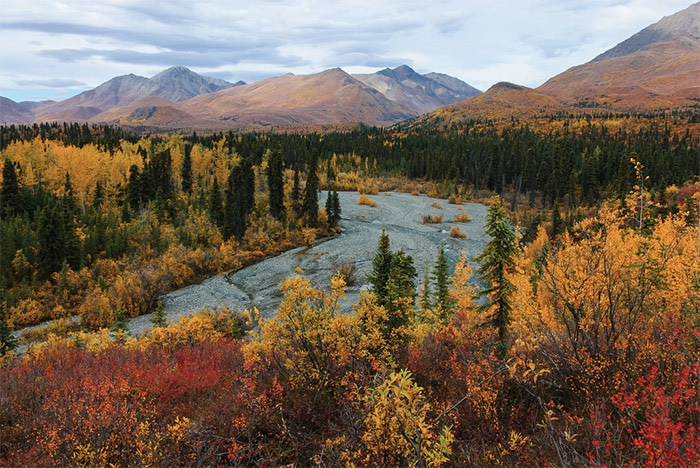
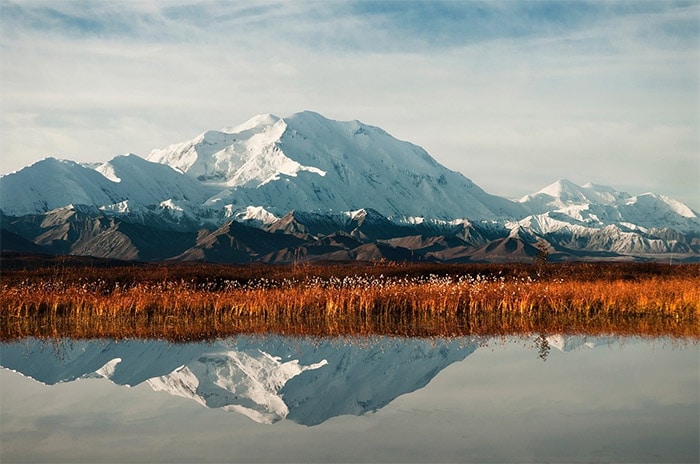
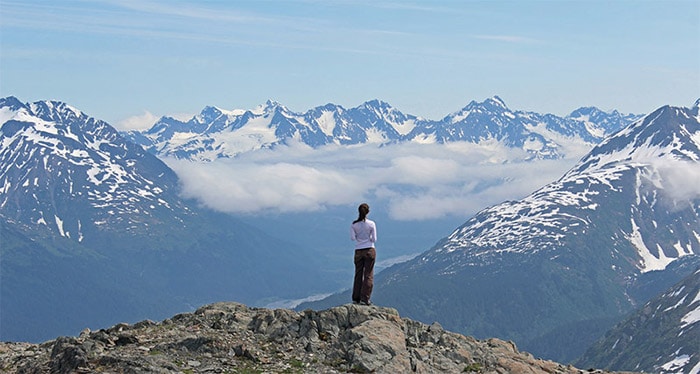

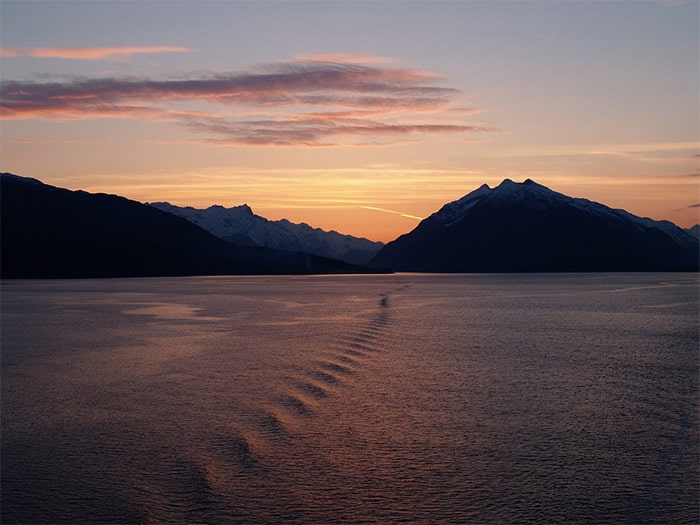
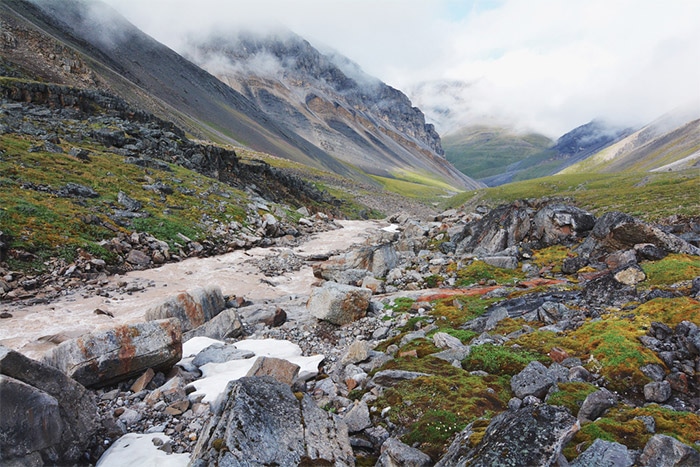
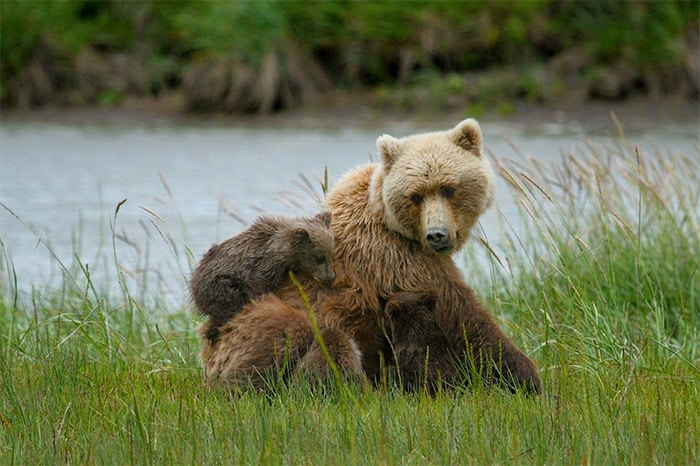




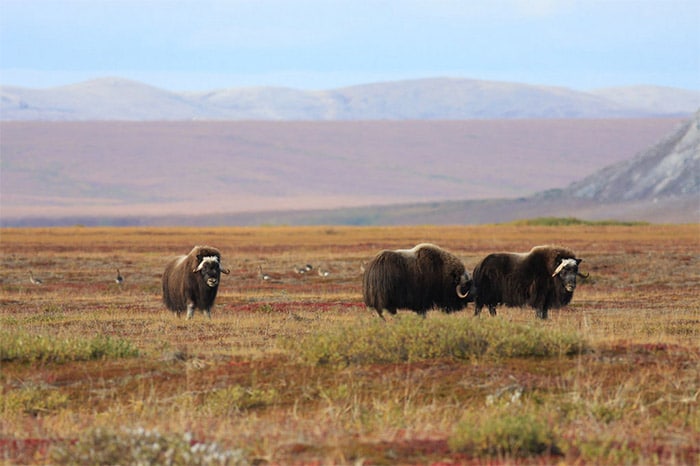

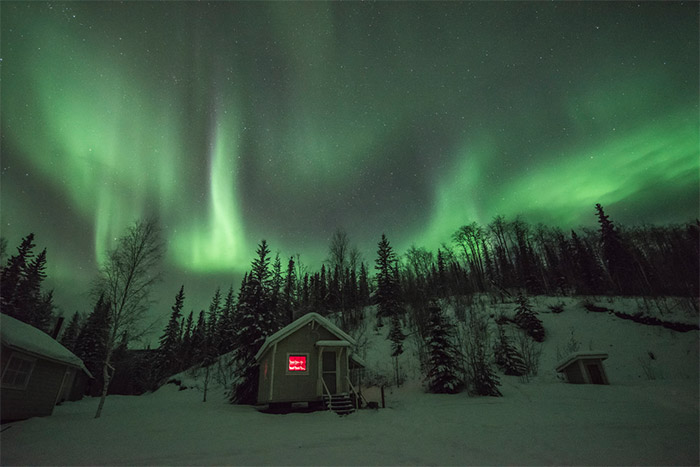
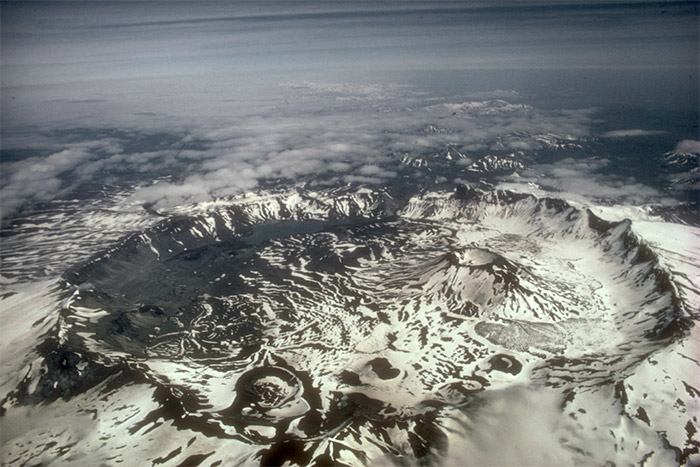
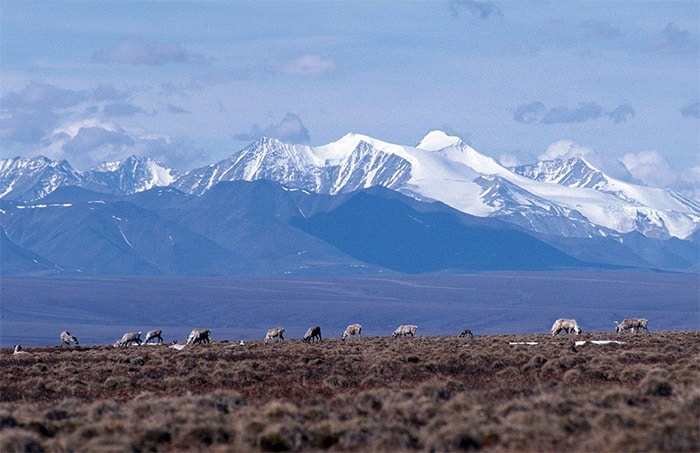

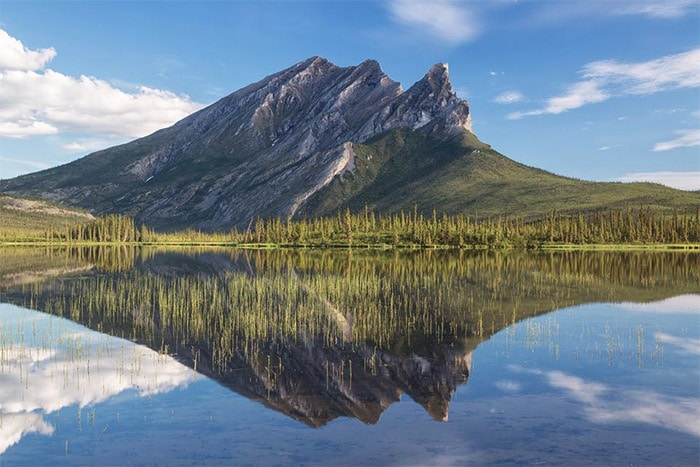
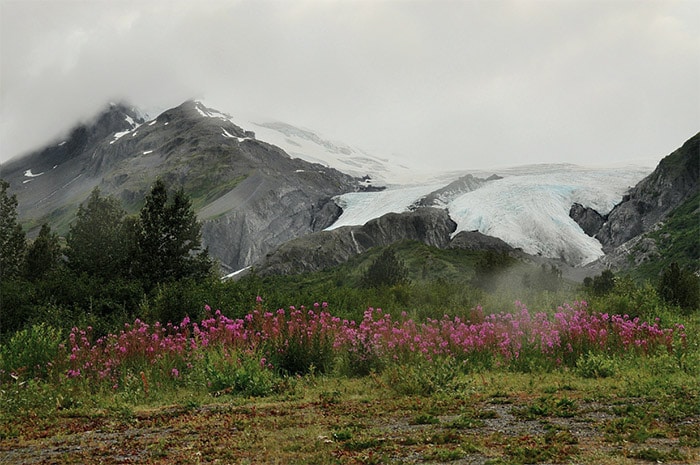
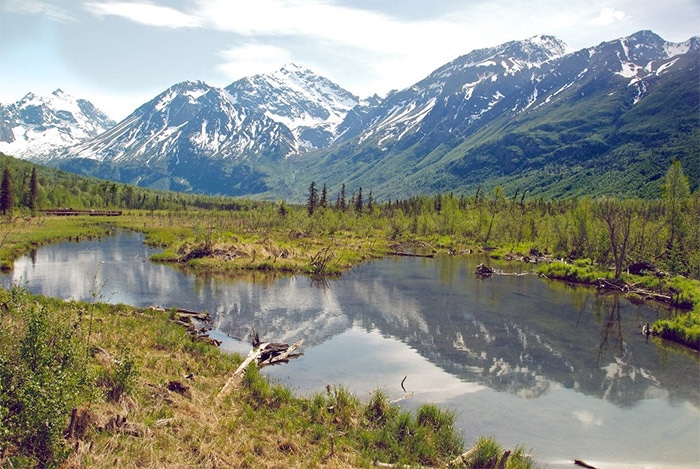
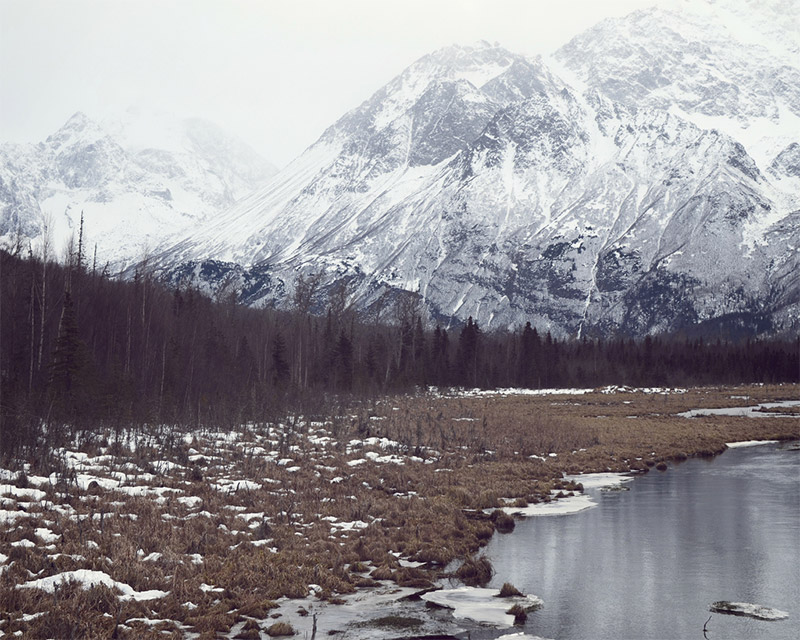


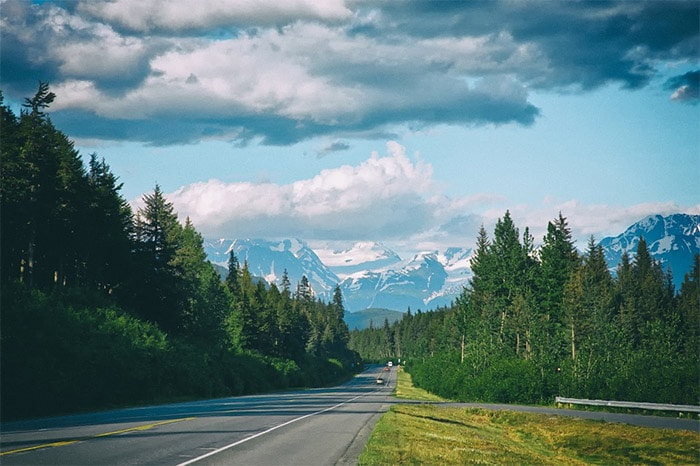

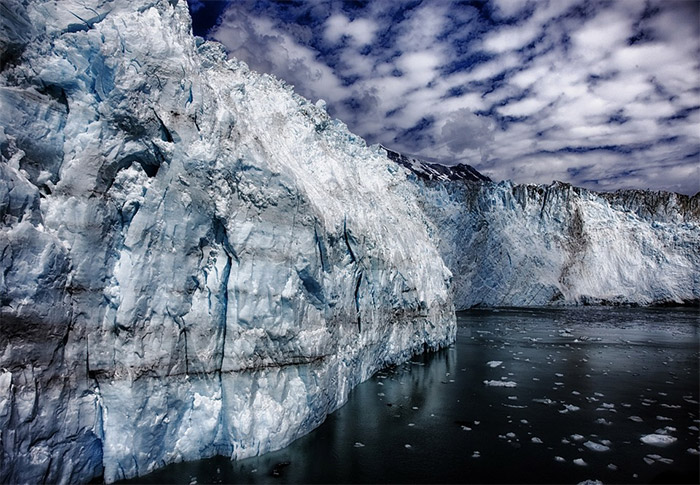


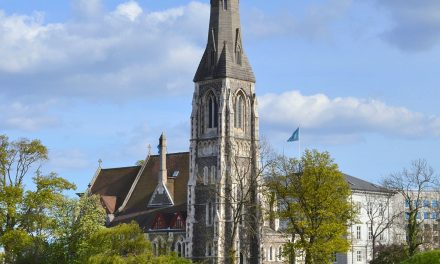
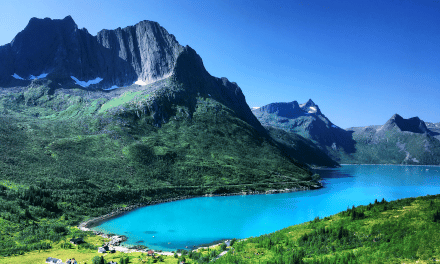
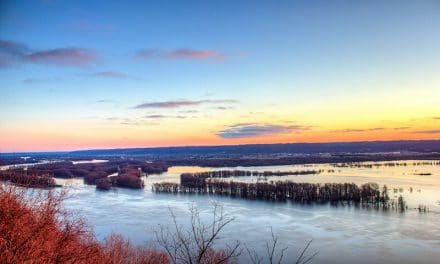






Hello,
Thanks for the best places for photos in Alaska.
Enjoyed it very much.
You do need to edit Sukakpak Mountain … it’s in Alaska not Texas 🙂